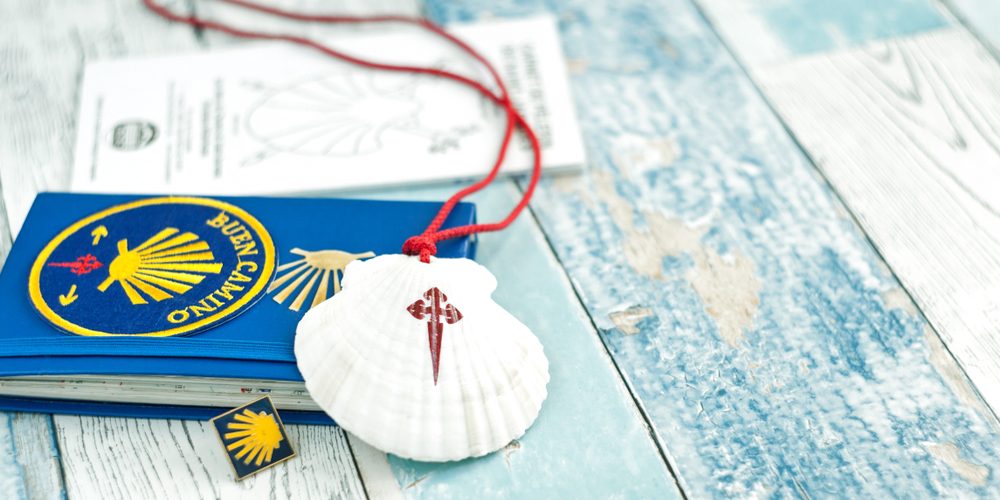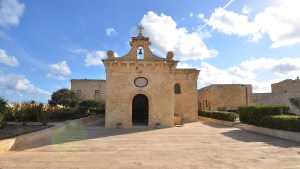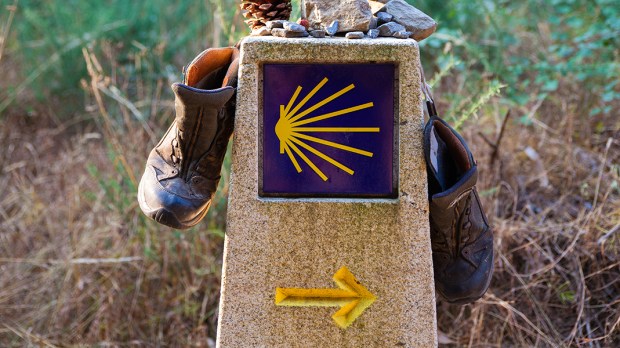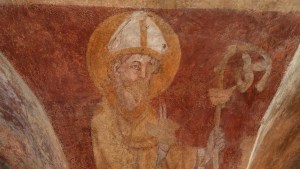The image of St. James, patron saint of Spain and pilgrims, is often accompanied by a curious symbol: the famous seashell. The shell is symbol of the famous Camino, the Way of St. James, leading pilgrims along the paths to the saint’s tomb.
This association, surprising as it might be, has little to do with the fact that James was a fisherman. Its history is instead woven into the long tapestry of faith and pilgrimages, and has a very practical, down-to-earth explanation. Exploring these connection reveals not only a fascinating story, but also insights into the power of symbols and the enduring legacy of St. James.
Several theories attempt to explain the connection between St. James and the distinctive fan-shaped scallop shell. One popular legend recounts the miraculous discovery of the saint’s remains. After his martyrdom in Jerusalem, his disciples transported his body to Galicia, Spain. According to the legend, a terrible storm hit the ship and scattered the remains. Miraculously, they later washed ashore covered in scallop shells, leading the faithful to the saint’s final resting place. This legend obviously served to solidify the shell’s symbolic association with St. James.
But, in addition to legends, practical considerations played a major role. Scallop shells were (and still are) abundant along the Camino de Santiago, the pilgrimage route leading to the saint’s shrine in Santiago de Compostela. Pilgrims readily adopted the shells as water containers, utensils, and even makeshift armor. Over time, the shell transcended its utilitarian purpose to become a badge of identification for pilgrims and the distinctive symbol of their journey.

Diverse paths, same destination
The symbolism of the seashell goes beyond practicality. Its radiating lines represent the diverse paths traveled by pilgrims, all converging on the same destination. This resonates with the universality of the Catholic faith, and the belief that individual journeys, with their unique challenges and experiences, ultimately lead to a shared spiritual destination: Christ himself.
Needless to say, the shell also evokes themes of baptism and rebirth, as pilgrims emerge from their metaphorical journey transformed by their experiences.
The association with St. James also has maritime connotations. Being a fisherman, the saint has been naturally associated with the sea and, thus, with traveling, exploring, and venturing into the unknown. The shell also hints at the courage and resilience required to embark on a spiritual journey, venturing into uncharted territories of faith and self-discovery.
Today, the scallop shell remains a powerful symbol of St. James and his Camino. It adorns the cathedral in Santiago, appears on pilgrims’ passports, and is proudly worn by travelers as they navigate their physical and spiritual paths.



